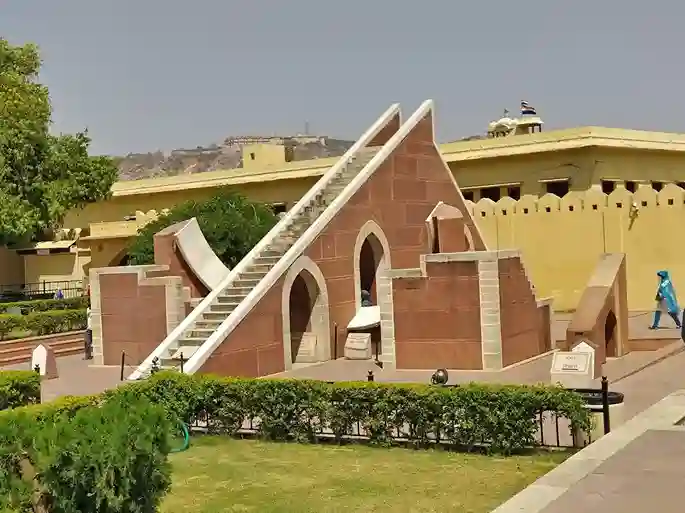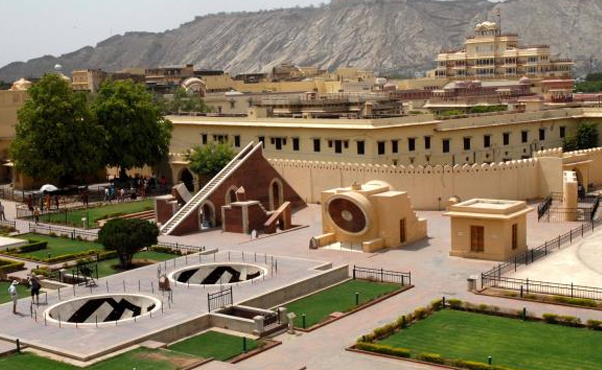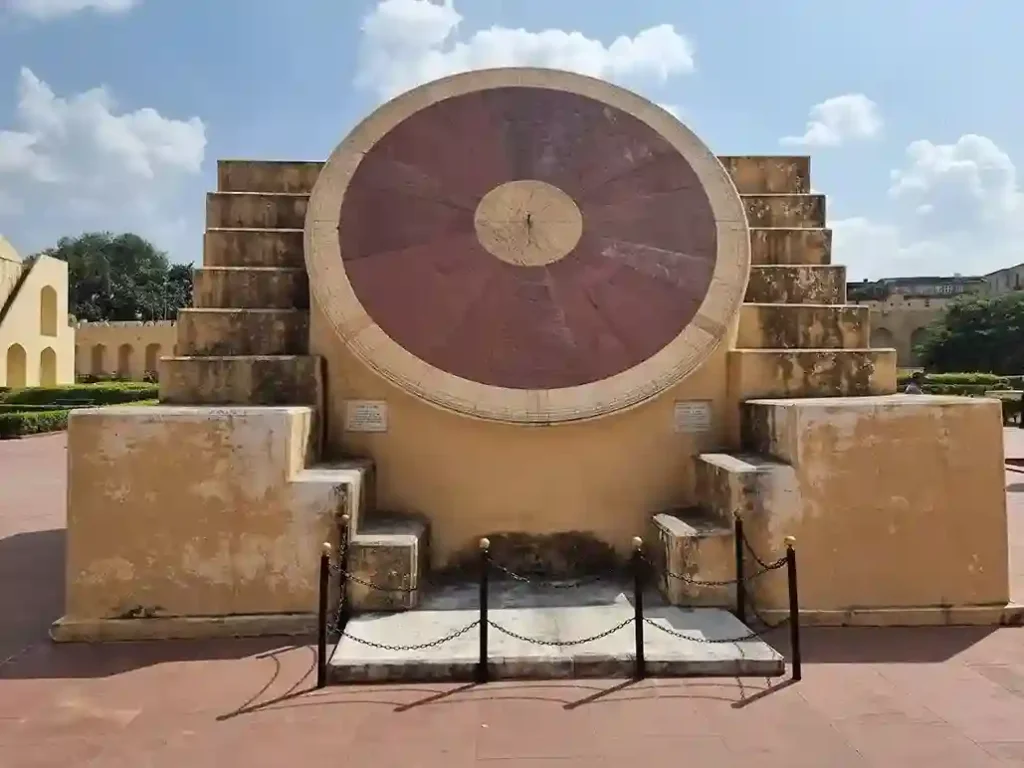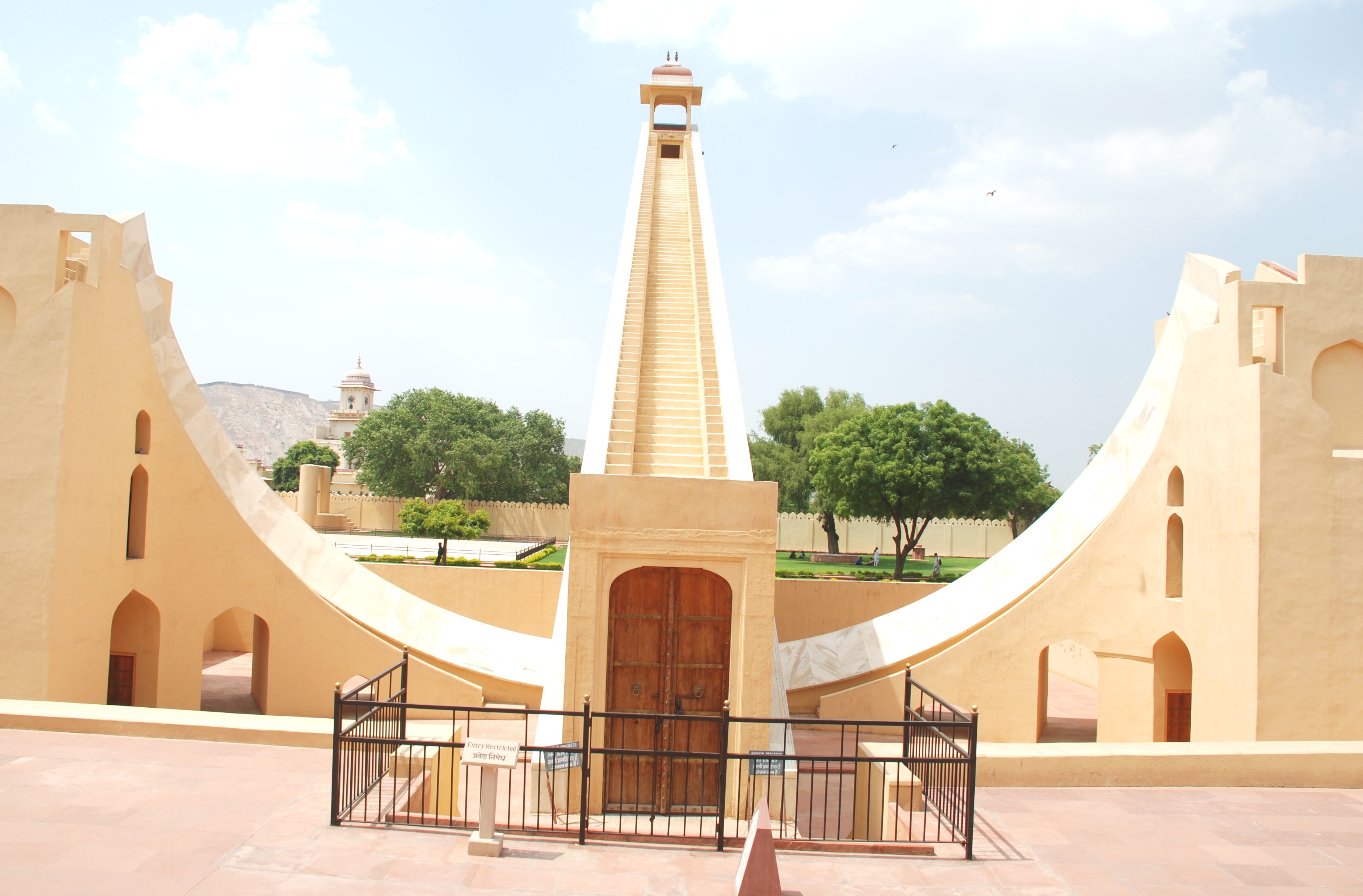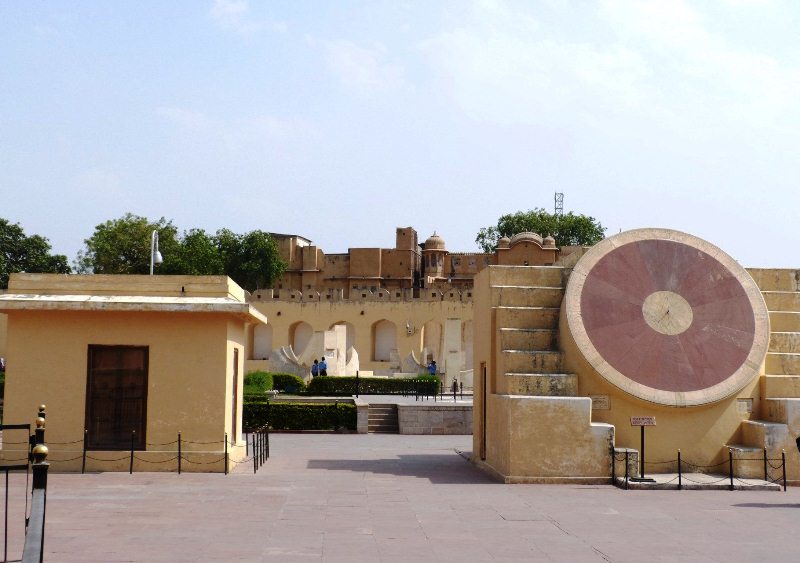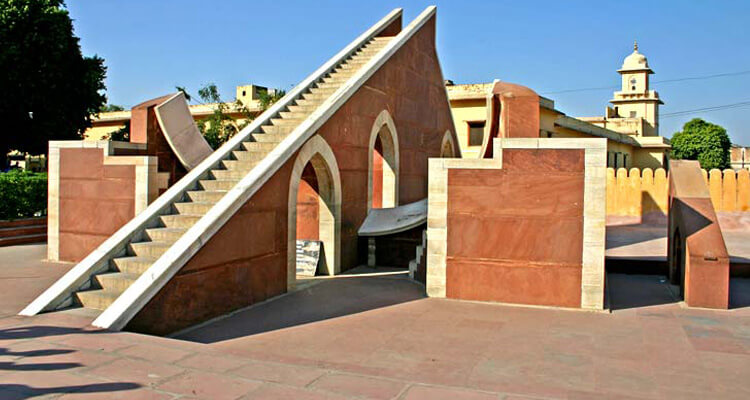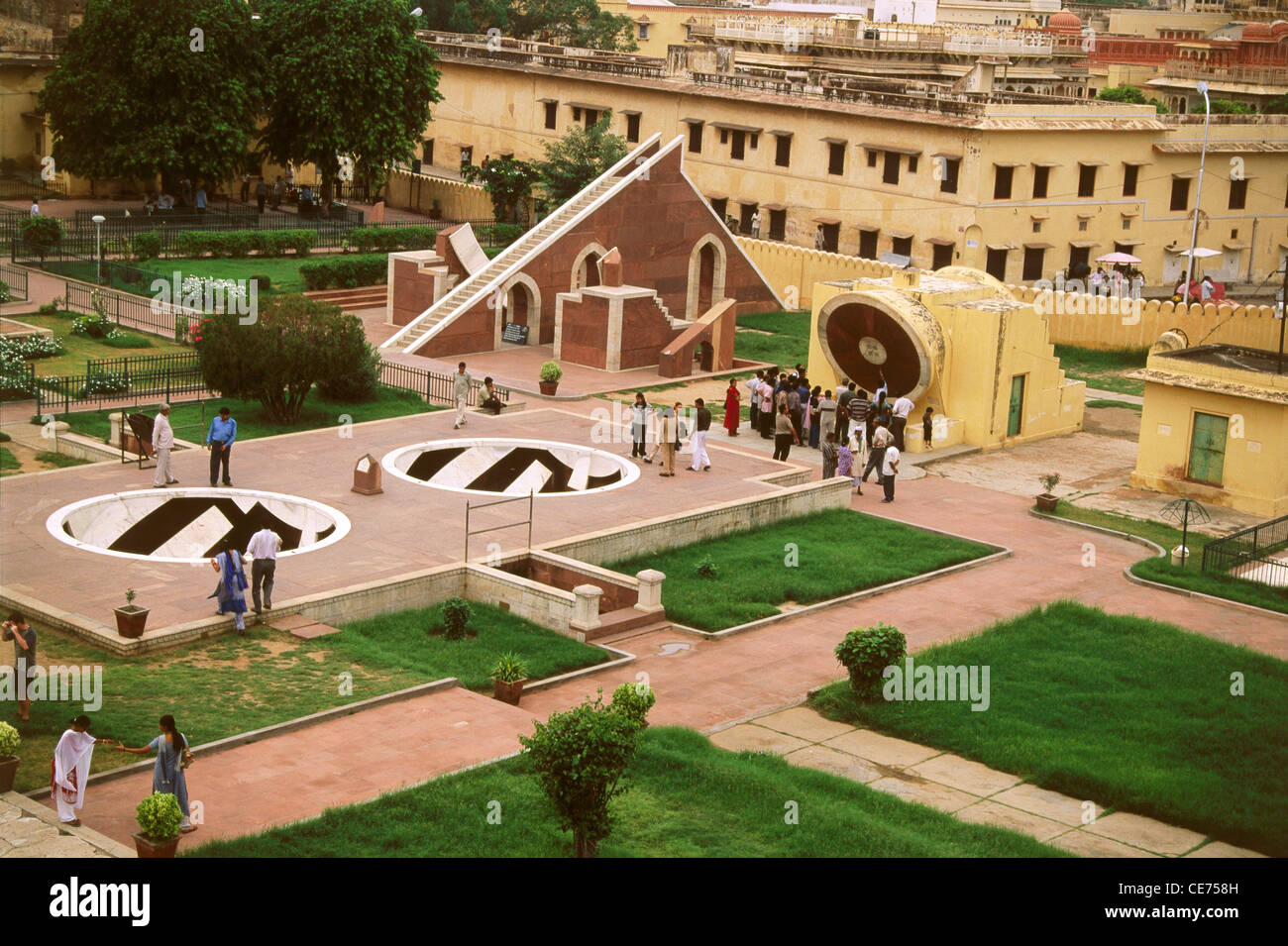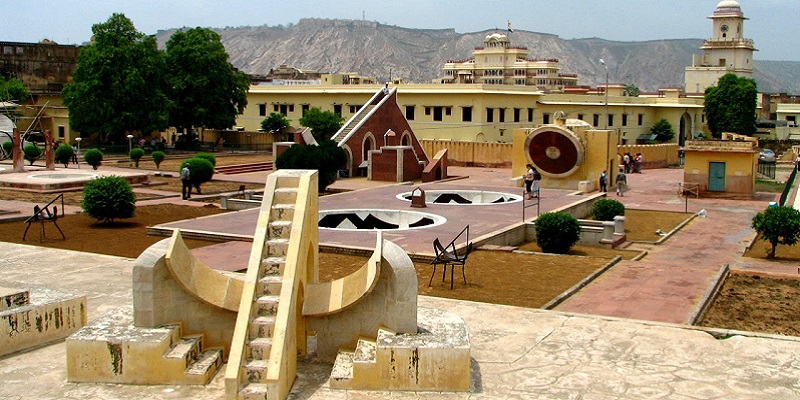Jantar Mantar Jaipur Entry Fee 2019
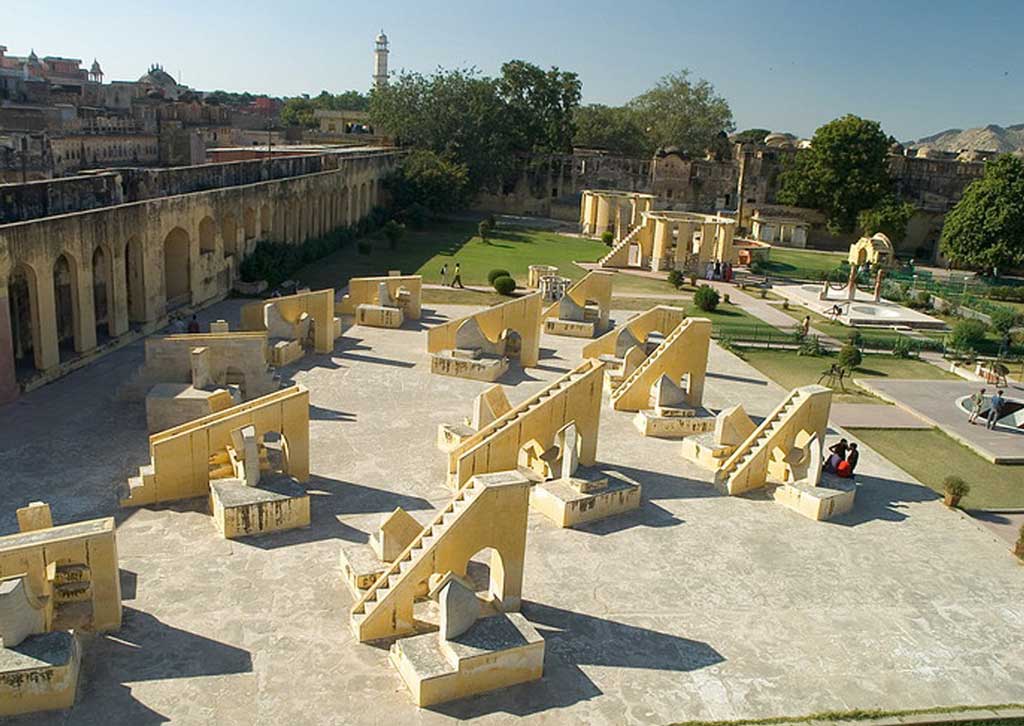
Imagine standing beneath the Rajasthani sun, the ancient ochre structures of Jantar Mantar rising around you like silent giants. The air hums with the whispers of history, of astronomers and emperors charting the cosmos with instruments of stone and ingenuity. But before you can fully immerse yourself in this astronomical wonder, a practical question arises: What's the entry fee?
This article delves into the 2019 entry fees for Jantar Mantar in Jaipur, India, providing a clear understanding of the costs involved in experiencing this UNESCO World Heritage site. We'll explore the different ticket prices for various visitor categories and reflect on the value offered by this unique historical monument. The details can help plan your trip.
A Glimpse into Jantar Mantar's Past
Jantar Mantar, which translates to "calculation instrument," is not just a collection of stone structures. It is a testament to the astronomical prowess of Maharaja Sawai Jai Singh II, the founder of Jaipur. He had a passion for astronomy.
Built in the early 18th century, this observatory is one of five such sites constructed by Jai Singh II across India. The Jaipur observatory is the largest and best-preserved of them all. It houses a remarkable collection of architectural astronomical instruments.
These instruments were designed to measure time, predict eclipses, track the location of stars, and determine the declinations of planets. Each instrument, a work of art and science, stands as a testament to the advanced knowledge of astronomy during that era.
Entry Fees in 2019: A Breakdown
In 2019, the entry fees for Jantar Mantar were structured to accommodate different visitor demographics, including Indian citizens, foreign tourists, and students. The cost was relatively modest compared to other historical sites.
For Indian citizens, the entry fee was approximately ₹50 per person. Foreign tourists, on the other hand, were charged around ₹200 per person to enter and marvel at the monument.
Students, often visiting in groups for educational purposes, enjoyed a reduced entry fee, generally around ₹15 per person. This concession made it easier for younger generations to engage with and learn from India's scientific heritage. It promoted the preservation of history.
Additional Considerations
It's important to note that these fees are subject to change, so confirming with official sources or ticketing counters before visiting is always advisable. Moreover, camera fees were also applicable, adding a little extra to the cost. Plan your tour with that in mind.
While the entry fee provided access to the observatory itself, additional costs could include hiring a local guide. Guides could offer in-depth explanations of the instruments and their historical context and that enhances visitor experience.
The Value of the Experience
Despite the entry fee, a visit to Jantar Mantar offers immense value. It's an opportunity to step back in time and witness the ingenuity of a bygone era. It inspires the mind.
The sheer scale and precision of the instruments are awe-inspiring, providing a tangible link to the history of astronomy and mathematics. It is worth the small price of admission.
Beyond the scientific significance, Jantar Mantar also offers a unique aesthetic experience. The interplay of light and shadow on the geometric forms creates a visually stunning landscape, inviting contemplation and wonder.
A Timeless Legacy
As you leave the ochre embrace of Jantar Mantar, the echoes of ancient calculations and astronomical observations linger in your mind. The entry fee fades into insignificance compared to the experience you’ve gained.
It is a testament to human curiosity and the enduring quest to understand the cosmos. It is a place where the past and present converge.
Jantar Mantar is more than just a monument; it’s a living legacy that continues to inspire awe and wonder in all who visit. It truly is an unforgettable experience.
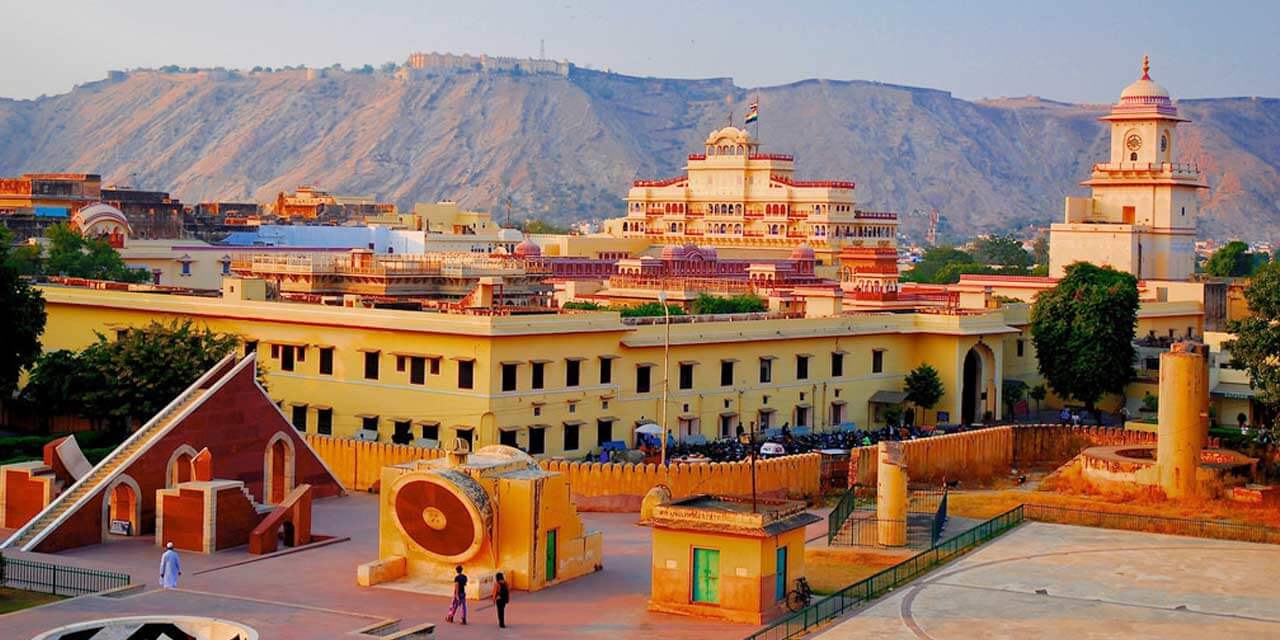
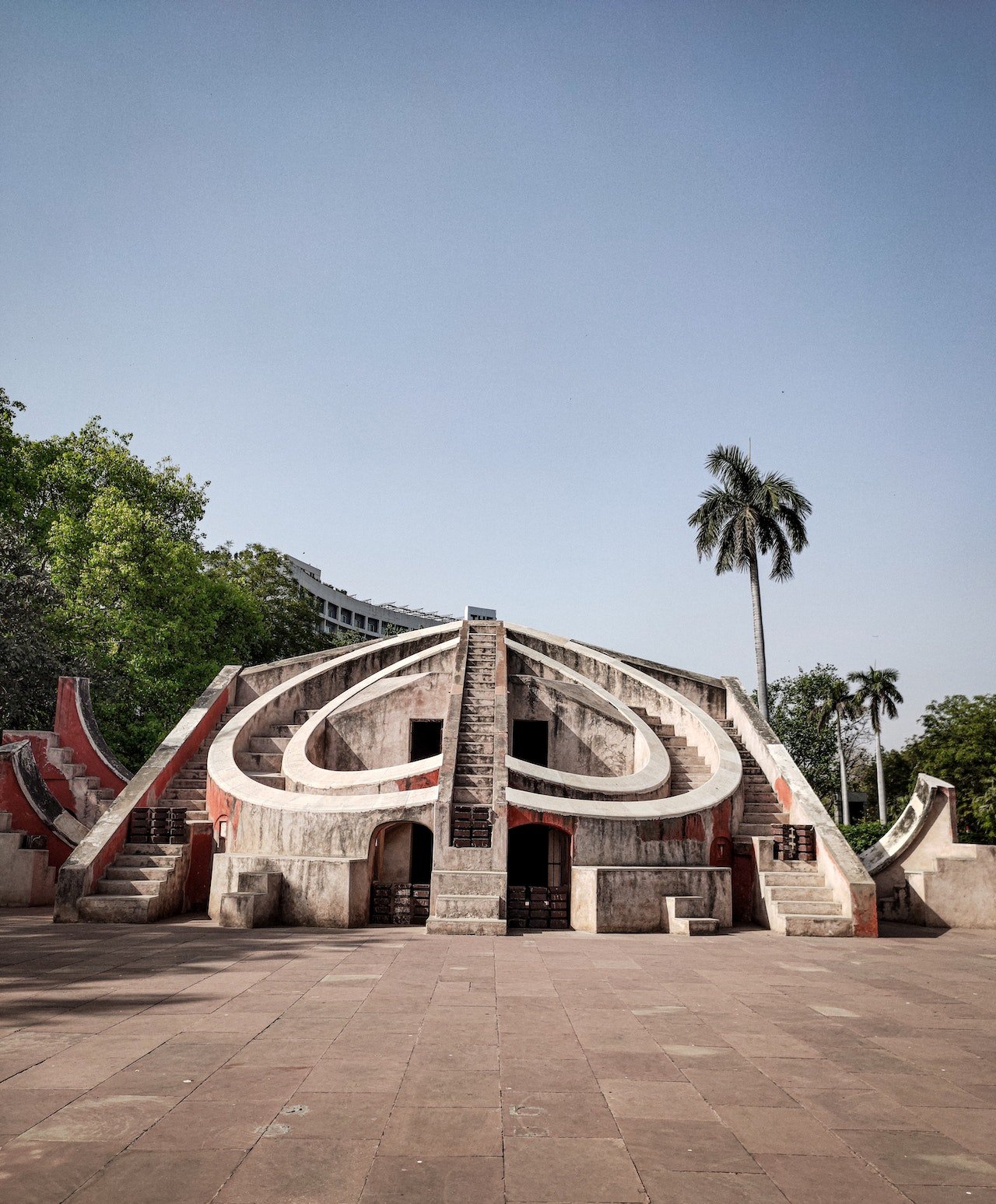


.jpg?itok=jogeQ9bt)

